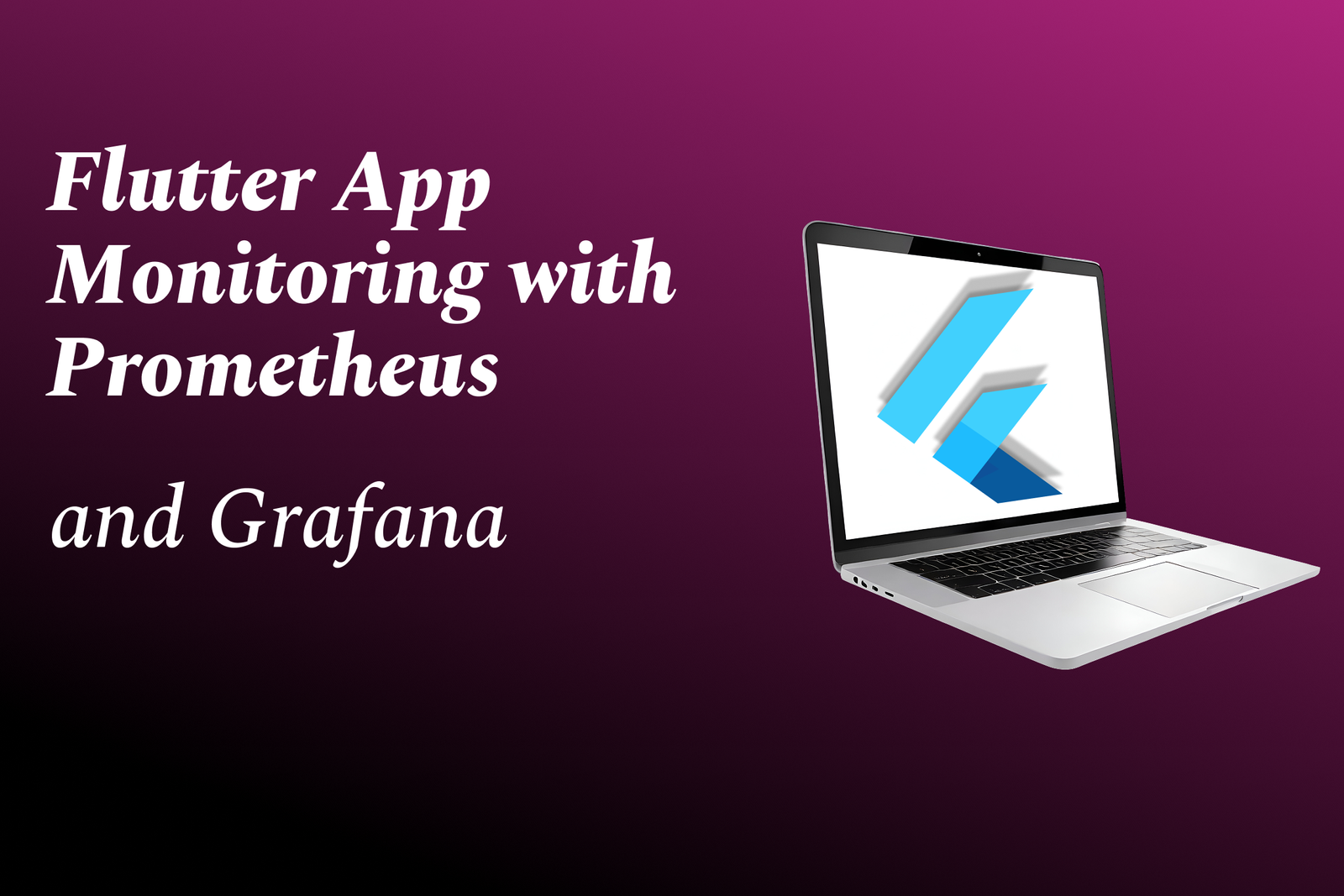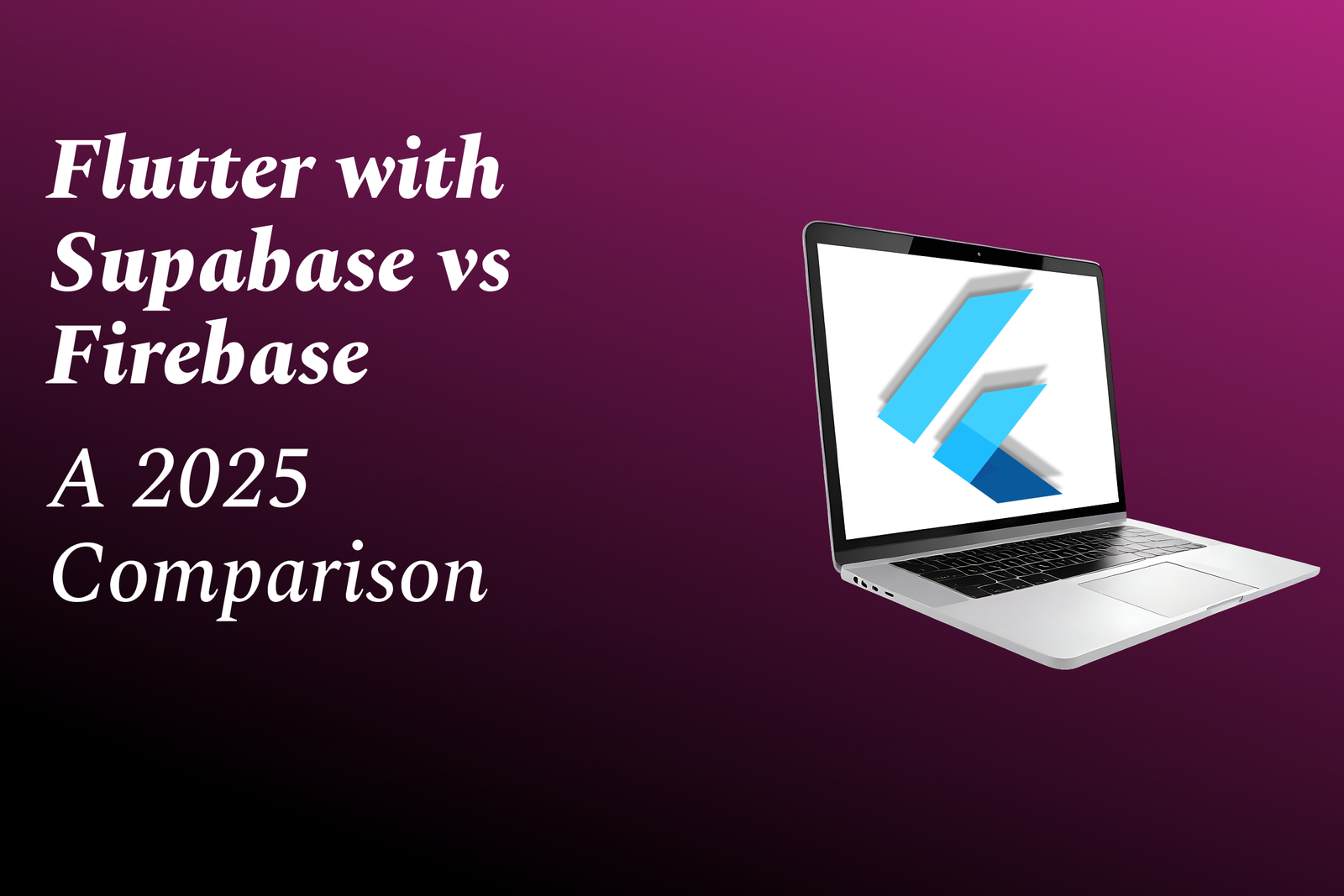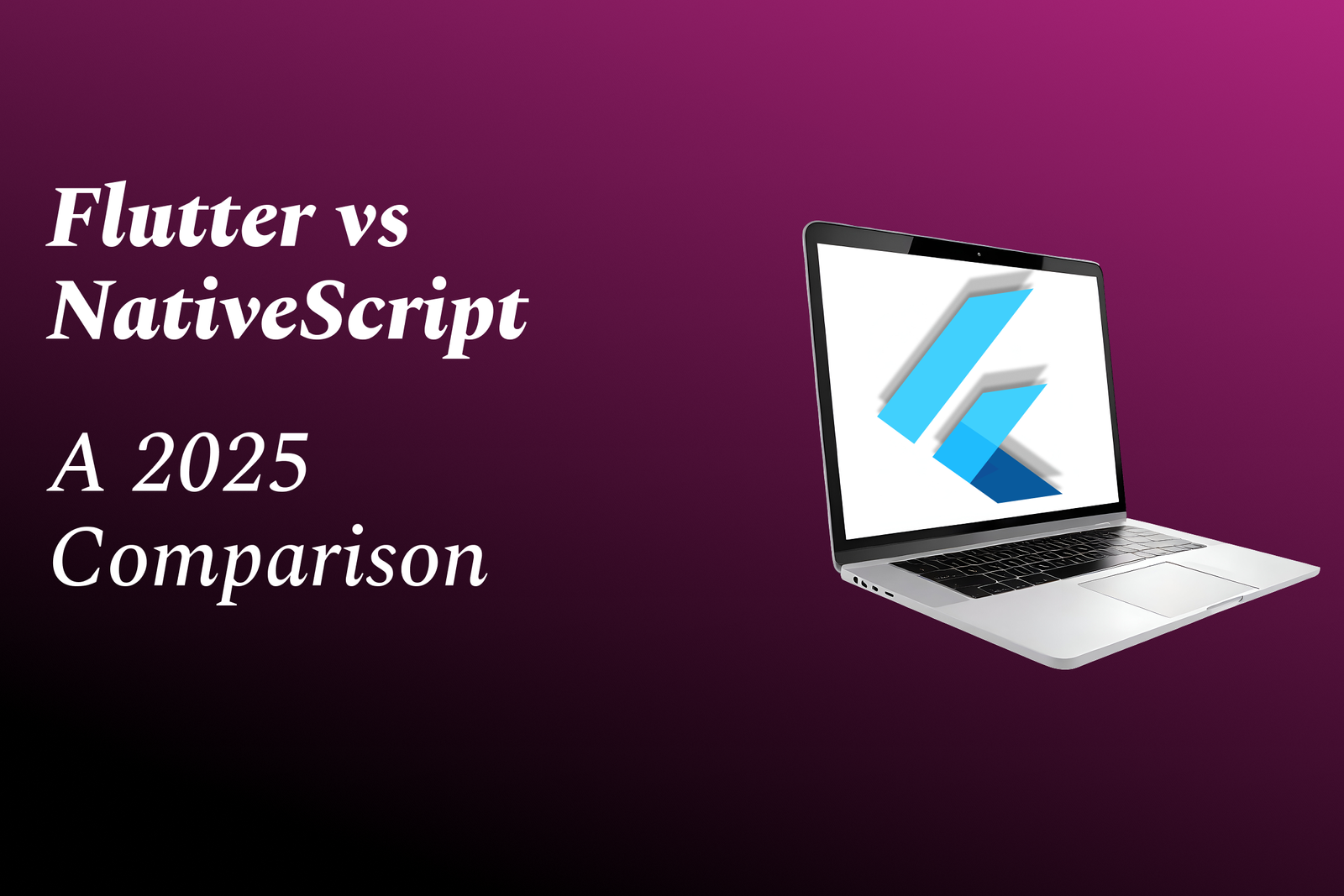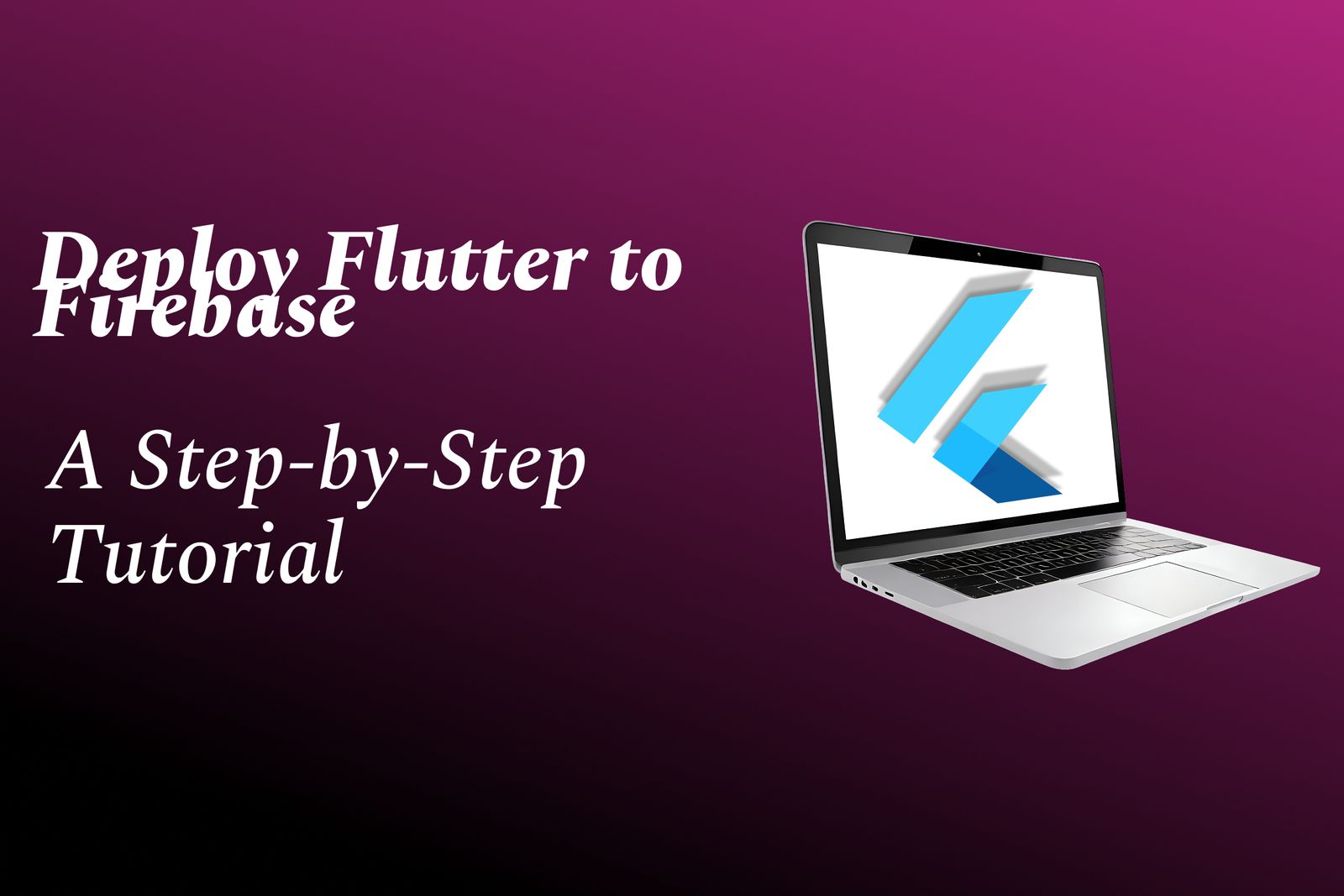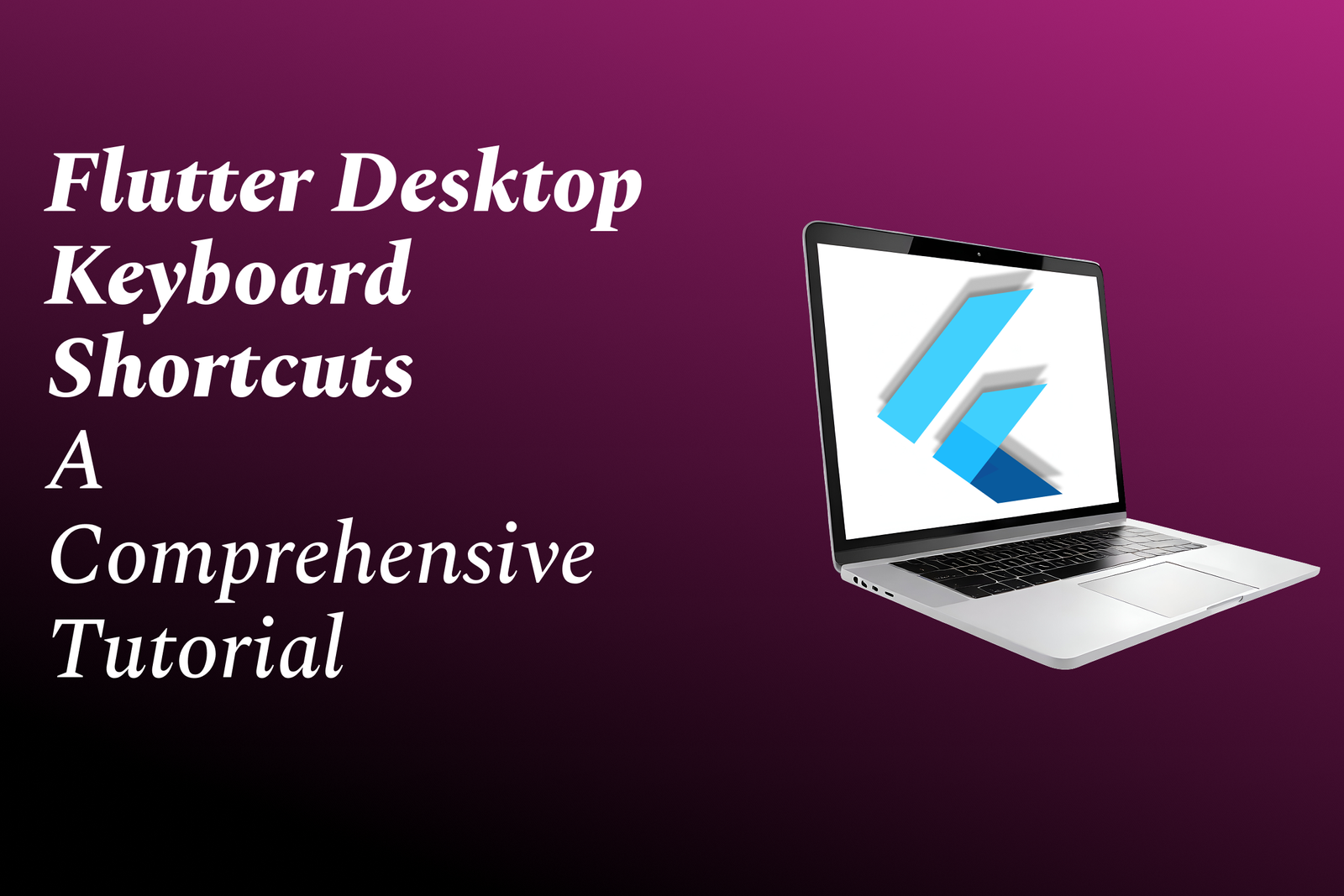Flutter App Monitoring With Prometheus And Grafana
Flutter app monitoring with Prometheus and Grafana delivers real-time observability by instrumenting the app (via OpenTelemetry or lightweight exporters) to expose metrics that Prometheus scrapes and stores as time-series data. Grafana visualizes those metrics in customizable dashboards and triggers alerts, letting teams track CPU/memory, frame-render times, network latency, error rates and user-impacting regressions. This stack helps quickly detect performance problems, diagnose root causes, and continuously improve app stability and user experience.
Flutter App Monitoring With Prometheus And Grafana
At JustAcademy, monitoring Flutter apps with Prometheus and Grafana provides lightweight, real-time observability by collecting key metrics (CPU, memory, frame render times, network latency, error rates) via OpenTelemetry or small exporters for Prometheus, which stores the time-series data and feeds Grafana dashboards and alerts. This combination makes it easy to detect performance regressions, pinpoint root causes, and prioritize fixes that directly improve user experience and app stability across releases.
To Download Our Brochure: **https://www.justacademy.co/download-brochure-for-free
**
Message us for more information: **https://api.whatsapp.com/send?phone=919987184296
**
At JustAcademy, monitoring Flutter apps with Prometheus and Grafana provides lightweight, real time observability by collecting key metrics (CPU, memory, frame render times, network latency, error rates) via OpenTelemetry or small exporters for Prometheus, which stores the time series data and feeds Grafana dashboards and alerts. This combination makes it easy to detect performance regressions, pinpoint root causes, and prioritize fixes that directly improve user experience and app stability across releases.
Course Overview
This hands-on JustAcademy course teaches instrumenting Flutter apps, exporting metrics to Prometheus, configuring Prometheus and Grafana, building dashboards and alerts, and troubleshooting performance with practical, project-based labs.
Course Description
JustAcademy's “Flutter App Monitoring with Prometheus and Grafana” is a hands-on course that teaches instrumenting Flutter apps, exporting metrics to Prometheus, configuring Prometheus and Grafana, creating dashboards and alerts, and troubleshooting using real-time projects.
Key Features
1 - Comprehensive Tool Coverage: Provides hands-on training with a range of industry-standard testing tools, including Selenium, JIRA, LoadRunner, and TestRail.
2) Practical Exercises: Features real-world exercises and case studies to apply tools in various testing scenarios.
3) Interactive Learning: Includes interactive sessions with industry experts for personalized feedback and guidance.
4) Detailed Tutorials: Offers extensive tutorials and documentation on tool functionalities and best practices.
5) Advanced Techniques: Covers both fundamental and advanced techniques for using testing tools effectively.
6) Data Visualization: Integrates tools for visualizing test metrics and results, enhancing data interpretation and decision-making.
7) Tool Integration: Teaches how to integrate testing tools into the software development lifecycle for streamlined workflows.
8) Project-Based Learning: Focuses on project-based learning to build practical skills and create a portfolio of completed tasks.
9) Career Support: Provides resources and support for applying learned skills to real-world job scenarios, including resume building and interview preparation.
10) Up-to-Date Content: Ensures that course materials reflect the latest industry standards and tool updates.
Benefits of taking our course
Functional Tools
1 - Flutter and Dart SDK
Students get hands on experience building and instrumenting real Flutter applications using the Dart language and Flutter framework.
Training covers widget lifecycle, asynchronous patterns, and best practices for adding monitoring hooks.
Emphasis on producing metrics without blocking the UI and minimizing binary size impact.
Practical labs include instrumenting sample apps that mirror real world features and user flows.
2) Prometheus (time series metrics server)
Learners deploy and configure Prometheus to scrape metrics emitted by mobile backends and exporters.
Instruction covers scrape configurations, relabeling, retention, and federation patterns for scale.
Students practice writing PromQL queries to derive SLIs and investigate performance regressions.
Course exercises demonstrate efficient metric naming and label strategies for mobile telemetry.
3) Dart/Flutter Prometheus client library (exporter)
Course uses a Dart compatible Prometheus client to expose counters, gauges, and histograms from the app.
Students implement custom metrics for UI latency, API call success rates, and resource usage.
Lessons include setting up HTTP endpoints or push patterns for the metrics registry in mobile contexts.
Hands on labs validate metric emission and integration with Prometheus scraping workflows.
4) Grafana (visualization and dashboards)
Participants build interactive Grafana dashboards to visualize mobile KPIs, performance histograms, and error trends.
Training shows dashboard templating, panels (graphs, heatmaps, tables), and user role management.
Students learn to create UX focused dashboards that product and SRE teams can rely on.
Project work includes importing/exporting dashboard JSON and creating alerting ready panels.
5) Alertmanager (alert routing and silencing)
Course covers configuring Alertmanager to receive alerts from Prometheus and route them by severity/team.
Students practice creating inhibition rules, notification templates, and silence windows for maintenance.
Training emphasizes mapping alerts to runbooks and reducing alert fatigue through routing logic.
Scenarios include on call workflows and escalation policies tied to mobile feature regressions.
6) OpenTelemetry and OpenTelemetry Collector
Learners instrument apps and backends with OpenTelemetry to capture traces and resource metadata.
The Collector is used to aggregate spans, convert formats, and forward telemetry to tracing backends.
Curriculum demonstrates linking traces with Prometheus metrics and Grafana panels for root cause analysis.
Exercises focus on context propagation across Flutter app → API → backend services.
7) Grafana Loki (centralized logging)
Students integrate Loki for scalable log aggregation with label driven querying that complements metrics.
Training shows structured logging best practices, log enrichment, and correlating logs with traces and metrics.
Labs teach building log queries and Grafana Explore views to speed incident investigation.
Use cases include investigating API error spikes and per user session traces.
8) Tracing backends (Jaeger / Tempo)
Course introduces Jaeger or Tempo for storing and visualizing distributed traces from mobile requests.
Students learn to instrument spans for network calls, DB access, and UI interactions to trace user journeys.
Practical sessions demonstrate latency breakdowns and pinpointing slow downstream services.
Training emphasizes sampling strategies to control overhead while preserving observability.
9) Pushgateway and alternative push patterns
Instruction covers when to use Pushgateway for short lived metric sources or background jobs tied to mobile flows.
Students implement safe push semantics and alternatives like remote write or the Collector when appropriate.
Labs highlight pitfalls of push based metrics and strategies to ensure accuracy and deduplication.
Scenarios include background sync jobs and ephemeral test runs from CI.
10) Docker and containerization
Participants containerize exporters, the Collector, Prometheus, and Grafana to run repeatable local labs.
Course covers building lightweight images, multi stage builds, and secure runtime practices for telemetry services.
Hands on exercises include composing services with Docker Compose for integration testing.
Students learn container debugging patterns relevant to observability stacks.
11 - Kubernetes (k3s / Minikube) and orchestration
Training demonstrates deploying Prometheus, Grafana, and supporting services on Kubernetes for realistic scale tests.
Students configure ServiceMonitors, PodMonitors, and ingress to expose dashboards securely.
Course explores autoscaling, resource requests/limits, and how orchestration affects telemetry collection.
Labs simulate rolling upgrades and verify observability continuity during deployments.
12) Helm charts and Kubernetes operators
Learners use Helm charts and operators (prometheus operator) to provision observability components reproducibly.
Content covers chart customization, values management, and promoting configs across environments.
Students practice templating dashboards and alert rules for multi environment deployments.
Emphasis on infrastructure as code patterns that support team onboarding and auditability.
13) Terraform and infrastructure as code (optional)
Course introduces Terraform to provision cloud resources used by the monitoring stack in a repeatable way.
Students write modules for managed Prometheus/Grafana services, storage, and network setups.
Lessons highlight state management, secret handling, and environment promotion workflows.
Real time projects include spinning up a monitored environment end to end using IaC.
14) CI/CD pipelines (GitHub Actions / GitLab CI concepts)
Participants integrate metric and dashboard tests into CI to prevent regressions in instrumentation.
Training shows automating image builds, Helm releases, and applying Terraform plans as part of delivery.
Students add checks for metric cardinality, alert rule linting, and dashboard JSON validation.
Practical labs create a pipeline that deploys an instrumented Flutter backend and validates observability.
15) Load and chaos testing tools (k6, Locust, chaos toolkit)
Course includes performance and resilience testing to generate realistic telemetry and validate SLOs.
Students run load profiles against APIs and mobile backends and observe resulting metrics and alerts.
Chaos experiments show how faults appear in traces, logs, and dashboards and how to harden systems.
Exercises focus on defining performance budgets and tuning alert thresholds based on test outcomes.
16) Crash and error monitoring (Sentry, Firebase Crashlytics)
Training covers integrating crash reporting tools to capture stack traces and link them to sessions and metrics.
Students learn to correlate crash spikes with release deployments, user cohorts, and backend errors.
Course shows best practices for privacy safe error reporting and triage workflows.
Projects include wiring crash events into Grafana annotations and alerting pipelines.
17) Mobile specific telemetry SDKs and platform tools
Learners instrument platform metrics (iOS/Android) like CPU, memory, thread usage, and GPU via native bindings.
Course demonstrates using platform profilers, tracing, and system counters alongside app level metrics.
Hands on labs focus on correlating device level signals with user impacting events in dashboards.
Students gain skills to diagnose device specific regressions and optimize resource usage.
18) Logging and metric testing libraries
Participants write unit and integration tests that assert correct metric emission and log patterns.
Course teaches mocking telemetry endpoints and validating histogram buckets, counters, and labels in CI.
Students build safeguards to prevent cardinality regressions and ensure telemetry stability across refactors.
Practical exercises embed metric tests into PR checks to maintain observability hygiene.
19) Dashboard templates and JustAcademy workshop materials
JustAcademy provides starter dashboards, alerting templates, and lab guides tailored to Flutter monitoring.
Students customize templates for their app’s KPIs and learn to publish reusable dashboards for teams.
Workshops include mentorship on translating product goals into SLIs and dashboard visualizations.
Capstone projects require delivering a monitored app with production ready dashboards and runbooks.
20) Version control (Git) and collaboration tools
Course enforces Git workflows for instrumented code, dashboard JSON, and IaC artifacts to teach team practices.
Students practice code reviews focused on instrumentation quality and telemetry impact assessments.
Training includes branching strategies for experiments and safe rollout of monitoring changes.
Collaboration exercises mirror real team dynamics and prepare students for workplace observability tasks
21 - Service Level Objectives (SLOs) and error budgets
Students define SLOs for mobile KPIs (startup time, API success rate, frame rendering) and derive error budgets.
Training covers SLO based alerting, quarterly review rituals, and balancing feature velocity versus reliability.
22) Observability maturity and governance
Course maps observability maturity models, governance practices, and adoption roadmaps for engineering organizations.
Learners craft policies for metric hygiene, alert ownership, and telemetry review cycles.
23) Cost monitoring and storage optimization
Participants learn to measure telemetry cost drivers, optimize retention, and apply downsampling/aggregation strategies.
Lessons include budgeting for long term metrics, traces, and logs without losing diagnostic value.
24) Data pipelines and event streaming (Kafka, Pulsar)
Training covers moving telemetry through scalable streaming pipelines for enrichment, deduplication, and archiving.
Students implement processors that add user/session context and forward to analytics and observability stores.
25) Mobile analytics integration (Amplitude, Mixpanel)
Course shows integrating product analytics with observability to link feature usage, funnels, and performance impacts.
Labs include building dashboards that combine behavioral cohorts with performance signals.
26) Feature flags and experimentation telemetry
Learners instrument feature flag exposures and A/B tests to measure impact on performance and stability.
Content emphasizes tying experiment metrics to SLOs and rollback criteria.
27) Real User Monitoring (RUM) and session replay
Students implement RUM to capture page load, navigation timings, and user interactions, plus optional session replay capture.
Training demonstrates privacy safe aggregation and correlation with backend traces.
28) Sampling, aggregation, and cardinality control
Course dives deep into sampling strategies for traces/metrics, histogram bucket design, and label cardinality limits.
Practical labs teach automated checks to detect and remediate high cardinality regressions.
29) SDK performance and size optimization
Participants profile SDKs to minimize app binary size, CPU, memory, and network overhead from telemetry.
Lessons cover lazy initialization, batching, and platform specific optimizations for iOS/Android.
30) Privacy, security, and compliance (GDPR, CCPA)
Training covers designing telemetry flows that respect privacy laws: PII handling, consent gates, encryption, and retention policies.
Students practice building opt in/opt out flows and auditing telemetry for compliance.
31 - Multi tenant and enterprise observability patterns
Learners design observability for SaaS products with tenant isolation, RBAC, and cost attribution.
Content includes scalable routing and data partitioning strategies.
32) Synthetic and API health checks
Course teaches creating synthetic transactions, cron checks, and mobile network condition simulations to validate availability.
Students schedule probes and wire synthetic results into SLO calculations.
33) Observability driven development workflows
Participants adopt workflows that make instrumentation part of feature PRs, with guardrails and telemetry acceptance criteria.
Training includes templates for instrumentation tickets and peer review checklists.
34) Incident management, runbooks, and postmortems
Learners build runbooks tied to alerts, practice incident playbooks, and run effective blameless postmortems.
Exercises focus on linking telemetry evidence to RCA and remediation plans.
35) Advanced alerting strategies and escalation policies
Course explores multi step alerting: provisional alerts, deduplication, dynamic thresholds, and escalation matrices.
Students implement alert suppression and on call fatigue mitigation techniques.
36) Observability for edge, IoT, and low connectivity devices
Training covers intermittent connectivity patterns, batching, local buffering, and reconciliation strategies for telemetry from edge devices.
Labs simulate network partitions and recovery behavior.
37) Long term archival and compliance (cold storage)
Participants design policies for archived telemetry, query patterns on cold storage, and rehydration processes for forensic analysis.
Lessons include cost effective archival formats and retention automation.
38) Integrations and automation (Slack, PagerDuty, Incidents)
Course shows automating alert notifications, on call rotations, ticket creation, and dashboard incident snapshots for faster triage.
Students practice building automated RCA reports and stakeholder notifications.
39) Observability auditing and scorecards
Learners create observability scorecards (coverage, SLO compliance, test coverage) and automate periodic audits.
Training helps teams track telemetry debt and prioritize improvements.
40) Capstone: enterprise ready observability program
Final project requires delivering a production grade observability program: instrumentation, dashboards, alerts, runbooks, and a rollout plan.
JustAcademy mentors review and provide guidance to ensure readiness for real world deployment.
Browse our course links : https://www.justacademy.in/all-courses
To Join our FREE DEMO Session: https://www.justacademy.in/register-for-course-demo
This information is sourced from JustAcademy
Contact Info:
Roshan Chaturvedi
Message us on Whatsapp: https://api.whatsapp.com/send?phone=919987184296
**Email id: mailto:info@justacademy.co
**
https://www.justacademy.co/blog-detail/flutter-desktop-keyboard-shortcuts-implementation
https://www.justacademy.co/blog-detail/optimizing-network-calls-in-flutter-with-dio
https://www.justacademy.co/blog-detail/flutter-telehealth-apps:-a-development-guide
https://www.justacademy.co/blog-detail/flutter-in-app-purchases-with-revenuecat
https://www.justacademy.co/blog-detail/building-offline-first-apps-with-flutter-and-drift
Flutter Performance Monitoring: Real-Time Metrics with Prometheus & Grafana — Step-by-Step Tutorial | JustAcademy
Flutter Performance Monitoring Guide: Step-by-Step Real-Time App Metrics with Prometheus & Grafana | JustAcademy
Flutter App Monitoring Tutorial — Real-Time Performance Metrics with Prometheus & Grafana | JustAcademy
Flutter App Monitoring Guide: Real-Time Performance Metrics & Alerts with Prometheus & Grafana | JustAcademy
